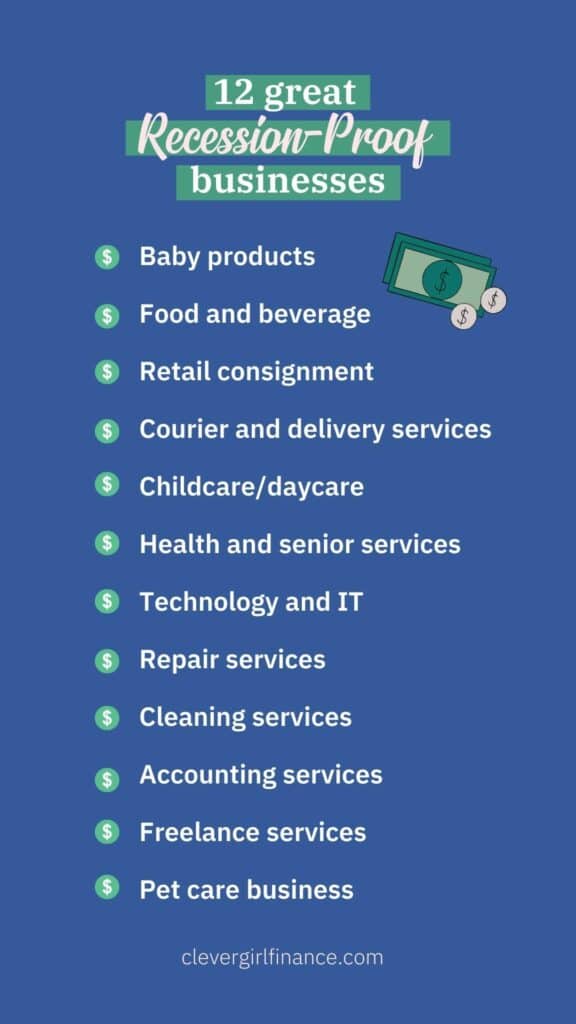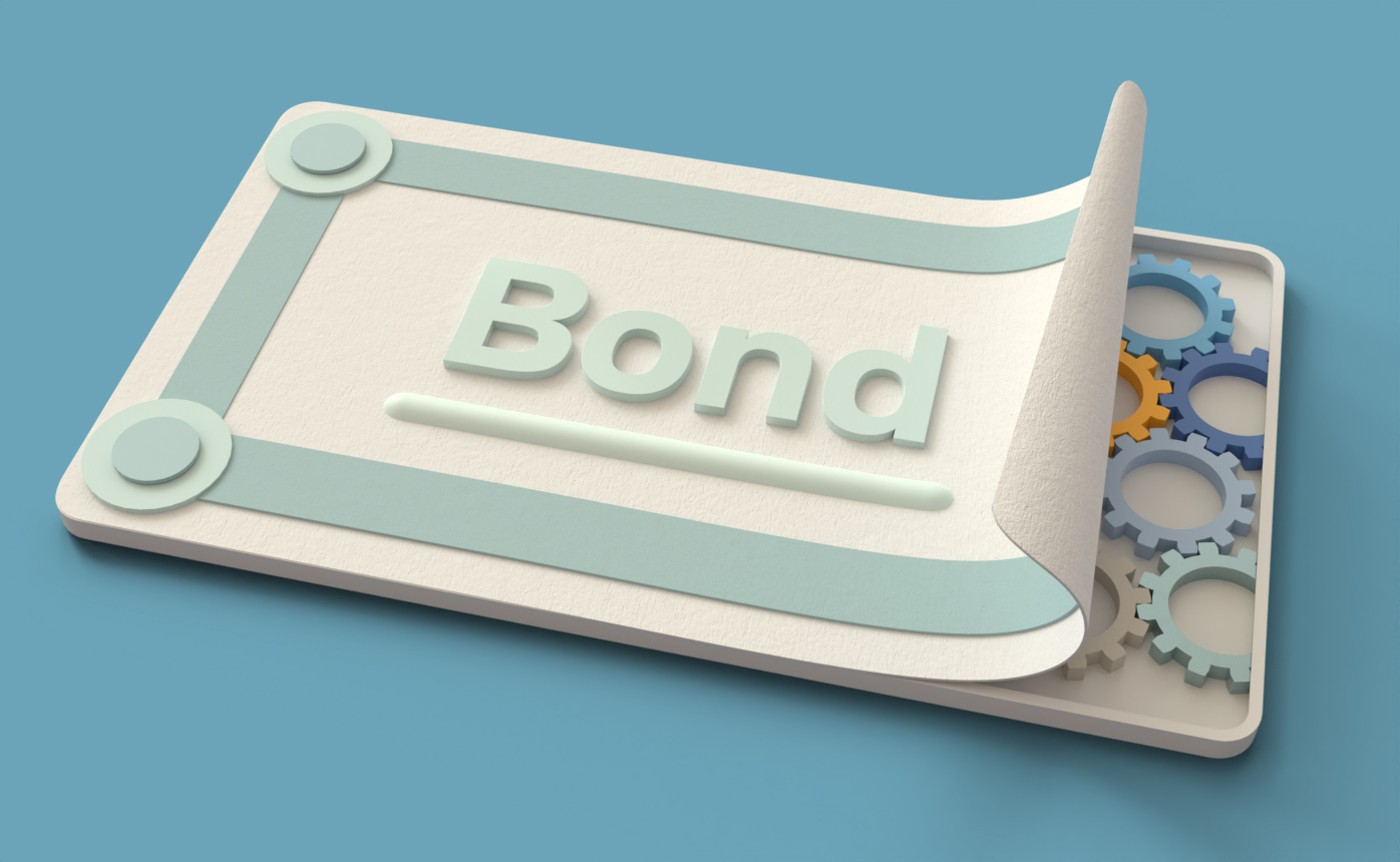
There are many Forex strategies available. These strategies can be very effective, but they vary in effectiveness. Some strategies include copy trading, where you follow the trade instructions given by others. This is a popular method to trade as it requires minimal or no effort. Some of these strategies use technical analysis, which can prove to be useless during euphoric markets. For instance, moving averages, trend lines, and oscillators can be weak in such a situation.
Technical analysis
Technical analysis can only be applied to trading if you are familiar with its use. It can seem daunting for newbies to technical analysis. It's a good idea to simplify it by focusing on two or three primary indicators: breakouts and trend indicators. The best strategy should allow you to combine these indicators with other indicators so you can try different strategies and create your own. Investopedia is not a financial advisor. Before making any investment decisions, consult with a professional.

Pivot points
Pivot Points are points in the market that have a tendency to change in value. They can't predict future price movements, but they can help you to determine key levels for entry and exit. Pivots can also be helpful in the wider context of currency trading. These are some tips to help you use pivot points in your trading. The first step is to determine where you should place your stop loss limit. Once you have found a pivot point you can place a buy or sell order around it to make profits.
Moving averages
It's easy to wonder how moving averages can make trading forex strategies more effective when you first hear about them. Moving averages are not a foolproof solution and they should not be used in isolation. This is because they lag behind the price action. They must be combined with price actions to make a trading decision. In this article, we'll discuss some of the most important things to consider when using moving averages as a trading forex strategy.
Trend trading
While a moving average can help you to predict the future direction of a currency pair, a trend trading strategy can also help you identify the past. This strategy makes use two exponential moving a (EMAs): a quick and a slow. Traders who are entering a long trading position will trade when the fast EMA crosses either the slower or higher EMA. These strategies can also help you to trade based on a single indicator or a combination of two or more.

Breakout trading
A breakout trader looks for a level or area where price has not yet moved. He waits for the price move beyond this point. After the price has surpassed the resistance level, he purchases or sells the position. The trader can make profit from both the up and down sides of the market, and can identify which side to enter. For the breakout to be tradeable, the price must first break above the resistance level before moving on to the next level.
FAQ
What are the pros of investing through a Mutual Fund?
-
Low cost - buying shares directly from a company is expensive. A mutual fund can be cheaper than buying shares directly.
-
Diversification - most mutual funds contain a variety of different securities. One type of security will lose value while others will increase in value.
-
Management by professionals - professional managers ensure that the fund is only investing in securities that meet its objectives.
-
Liquidity – mutual funds provide instant access to cash. You can withdraw your money at any time.
-
Tax efficiency – mutual funds are tax efficient. This means that you don't have capital gains or losses to worry about until you sell shares.
-
Purchase and sale of shares come with no transaction charges or commissions.
-
Mutual funds are simple to use. All you need is money and a bank card.
-
Flexibility - You can modify your holdings as many times as you wish without paying additional fees.
-
Access to information - you can check out what is happening inside the fund and how well it performs.
-
Investment advice – you can ask questions to the fund manager and get their answers.
-
Security – You can see exactly what level of security you hold.
-
You can take control of the fund's investment decisions.
-
Portfolio tracking - You can track the performance over time of your portfolio.
-
Easy withdrawal: You can easily withdraw funds.
There are some disadvantages to investing in mutual funds
-
There is limited investment choice in mutual funds.
-
High expense ratio - the expenses associated with owning a share of a mutual fund include brokerage charges, administrative fees, and operating expenses. These expenses can reduce your return.
-
Insufficient liquidity - Many mutual funds don't accept deposits. They can only be bought with cash. This limits the amount of money you can invest.
-
Poor customer support - customers cannot complain to a single person about issues with mutual funds. Instead, you should deal with brokers and administrators, as well as the salespeople.
-
Rigorous - Insolvency of the fund could mean you lose everything
How are Share Prices Set?
Investors set the share price because they want to earn a return on their investment. They want to earn money for the company. They then buy shares at a specified price. The investor will make more profit if shares go up. The investor loses money if the share prices fall.
Investors are motivated to make as much as possible. They invest in companies to achieve this goal. They can make lots of money.
What is the difference in marketable and non-marketable securities
The differences between non-marketable and marketable securities include lower liquidity, trading volumes, higher transaction costs, and lower trading volume. Marketable securities are traded on exchanges, and have higher liquidity and trading volumes. Marketable securities also have better price discovery because they can trade at any time. But, this is not the only exception. For example, some mutual funds are only open to institutional investors and therefore do not trade on public markets.
Non-marketable security tend to be more risky then marketable. They generally have lower yields, and require greater initial capital deposits. Marketable securities are generally safer and easier to deal with than non-marketable ones.
A large corporation may have a better chance of repaying a bond than one issued to a small company. This is because the former may have a strong balance sheet, while the latter might not.
Investment companies prefer to hold marketable securities because they can earn higher portfolio returns.
How do I choose a good investment company?
You want one that has competitive fees, good management, and a broad portfolio. The type of security that is held in your account usually determines the fee. Some companies don't charge fees to hold cash, while others charge a flat annual fee regardless of the amount that you deposit. Others may charge a percentage or your entire assets.
You should also find out what kind of performance history they have. Companies with poor performance records might not be right for you. Avoid low net asset value and volatile NAV companies.
You also need to verify their investment philosophy. Investment companies should be prepared to take on more risk in order to earn higher returns. If they are not willing to take on risks, they might not be able achieve your expectations.
What Is a Stock Exchange?
Companies sell shares of their company on a stock market. This allows investors to purchase shares in the company. The market determines the price of a share. It usually depends on the amount of money people are willing and able to pay for the company.
Companies can also get money from investors via the stock exchange. Investors are willing to invest capital in order for companies to grow. Investors purchase shares in the company. Companies use their money in order to finance their projects and grow their business.
There are many kinds of shares that can be traded on a stock exchange. Others are known as ordinary shares. These shares are the most widely traded. These are the most common type of shares. They can be purchased and sold on an open market. Prices of shares are determined based on supply and demande.
Preferred shares and debt securities are other types of shares. When dividends are paid out, preferred shares have priority above other shares. The bonds issued by the company are called debt securities and must be repaid.
Statistics
- Our focus on Main Street investors reflects the fact that American households own $38 trillion worth of equities, more than 59 percent of the U.S. equity market either directly or indirectly through mutual funds, retirement accounts, and other investments. (sec.gov)
- Even if you find talent for trading stocks, allocating more than 10% of your portfolio to an individual stock can expose your savings to too much volatility. (nerdwallet.com)
- For instance, an individual or entity that owns 100,000 shares of a company with one million outstanding shares would have a 10% ownership stake. (investopedia.com)
- The S&P 500 has grown about 10.5% per year since its establishment in the 1920s. (investopedia.com)
External Links
How To
How to Invest in Stock Market Online
One way to make money is by investing in stocks. There are many ways you can invest in stock markets, including mutual funds and exchange-traded fonds (ETFs), as well as hedge funds. Your investment strategy will depend on your financial goals, risk tolerance, investment style, knowledge of the market, and overall market knowledge.
You must first understand the workings of the stock market to be successful. Understanding the market and its potential rewards is essential. Once you understand your goals for your portfolio, you can look into which investment type would be best.
There are three main types: fixed income, equity, or alternatives. Equity refers to ownership shares in companies. Fixed income refers to debt instruments such as bonds and treasury notes. Alternatives include commodities like currencies, real-estate, private equity, venture capital, and commodities. Each category has its own pros and cons, so it's up to you to decide which one is right for you.
You have two options once you decide what type of investment is right for you. One strategy is called "buy-and-hold." You purchase a portion of the security and don't let go until you die or retire. Diversification, on the other hand, involves diversifying your portfolio by buying securities of different classes. For example, if you bought 10% of Apple, Microsoft, and General Motors, you would diversify into three industries. Buying several different kinds of investments gives you greater exposure to multiple sectors of the economy. You are able to shield yourself from losses in one sector by continuing to own an investment in another.
Risk management is another crucial factor in selecting an investment. Risk management is a way to manage the volatility in your portfolio. A low-risk fund would be the best option for you if you only want to take on a 1 percent risk. You could, however, choose a higher risk fund if you are willing to take on a 5% chance.
Learn how to manage money to be a successful investor. You need a plan to manage your money in the future. You should have a plan that covers your long-term and short-term goals as well as your retirement planning. That plan must be followed! Do not let market fluctuations distract you. You will watch your wealth grow if your plan is followed.